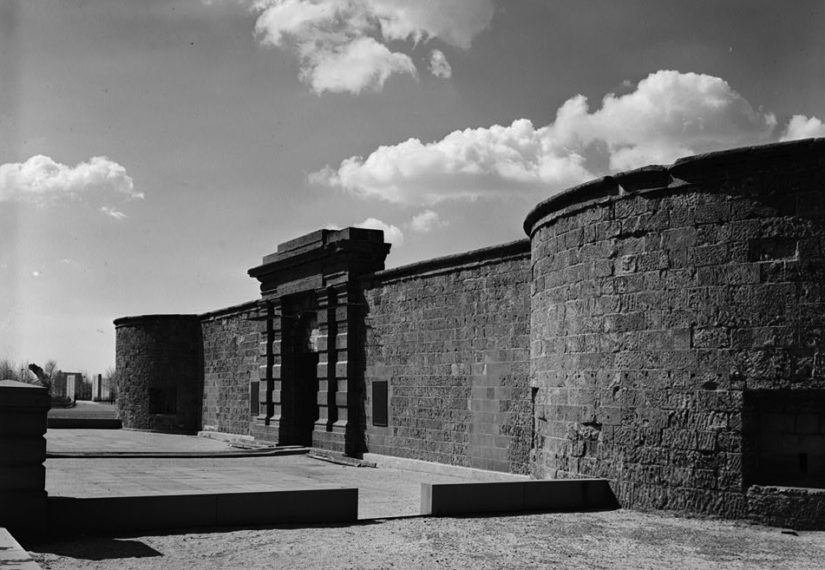
De Salvio Quinn Bill
Also known as the Fort Clinton Bill
In February 1949, New York State legislators drafted the De Salvio Quinn Bill to convey Castle Clinton to the Federal government so that it could become a national monument.
The De Salvio Quinn Bill was drafted in response to Robert Moses’s attempted destruction of Castle Clinton in the 1940s. After being partially demolished during the construction of the Brooklyn Battery Tunnel, the Department of Interior expressed interest in making the site a national monument.1 In February 1949, New York State legislators Lewis De Salvio and Elmer Quinn drafted the bill to convey the building to the Federal government for that purpose.
August 14, 1946: Castle Clinton is established as a national monument
April 29, 1949: Governor Dewey signs the Bill
October, 1949: An appropriation bill for Castle Clinton is signed2
In 1939, Robert Moses proposed a plan of parkways and bridges that would link Manhattan to Brooklyn, Queens, and the Bronx. Originally designed as a tunnel, Robert Moses felt a better solution would be to build a bridge from Battery Park in Lower Manhattan to Brooklyn.3 The plan for a bridge was not supported by officials or the community and Moses had to settle for the tunnel. Moses, bitter from his loss of the proposed Brooklyn Battery Bridge, insisted that it was necessary to demolish Castle Clinton--a measure of revenge directed toward his opponents.4 Moses would have been successful had it not been for the onset of World War II, which halted the demolition.
After being threatened by Robert Moses's plans for the Brooklyn Battery Tunnel, Castle Clinton fueled a preservation battle. In 1946, the fort was named a national monument by President Harry S. Truman.5 This measure, however, did not offer Castle Clinton any real protection and Moses urged on against the structure.
In 1949, upon Mayor William O'Dwyer's request, a New York State senator and assemblyman (Quinn and De Salvio) drafted a bill that would convey the building from New York City to the federal government so that Castle Clinton would become an official monument.6 Shortly following this, news was made public that President Truman was in support of naming Castle Clinton a national monument.7 With that encouragement, the bill continued through the New York State Legislature. A month after the bill had been drafted, it had successfully passed through the state senate and assembly and was sent to the governor.8 In April, Governor Thomas Dewey signed the bill, saving Castle Clinton from Robert Moses' path of destruction.9 Another success for Castle Clinton came in October 1949, when President Truman signed the bill for the necessary funds to restore the monument.10
- ”Bill Revives Fight to Save Aquarium,” The New York Times, 19 February 1949.
- Anthony C. Wood, Preserving New York: Winning the Right to Protect a City’s Landmarks (New York: Routledge, 2008), page 81.
- Robert A. Caro, The Power Broker: Robert Moses and The Fall of New York (New York: Alfred A. Knopf, 1974).
- Ibid.
- Anthony C. Wood, Preserving New York: Winning the Right to Protect a City’s Landmarks (New York: Routledge, 2008), page 79.
- ”Bill Revives Fight to Save Aquarium,”The New York Times, 19 February 1949.
- ”Fort Clinton as a National Monument Discussed by Truman in a Letter to Delano,”The New York Times, 24 February 1949.
- ”Fort Clinton Bill Sent to Governor,” The New York Times, 23 March 1949.
- ”Fort Clinton Bill Signed by Dewey,” The New York Times, 29 April 1949.
- Anthony C. Wood, Preserving New York: Winning the Right to Protect a City’s Landmarks (New York: Routledge, 2008), page 81.


